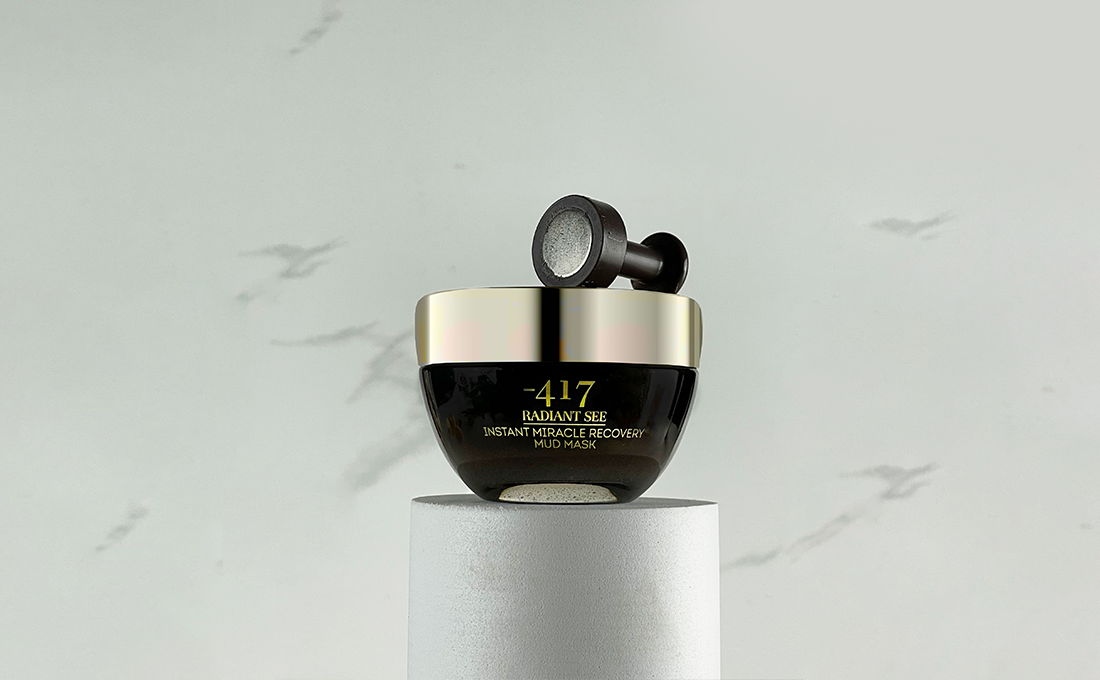

What Are Fragrance Notes? The Ultimate Guide To Understanding Your Perfumes
Perfumes are far more complex than what one would expect. The behind the scenes work that goes into creating a single fragrance is layered, quite literally. Whether you’ve tested out a perfume in store or have read up on it online, you’d notice one specific term that keeps popping up –– the notes of a fragrance. The different types of fragrance notes are what makes any scent unique. Fragrance notes are important because they are what create the perfume’s identity. A slight alteration in any of the notes, can change the entire fragrance quite drastically. Here’s the ultimate breakdown to understanding perfume notes and how they function!
What Are The Different Types Of Fragrance Notes?
Think of perfume notes as the various ingredients aka fragrance oils that go into making the perfume. It isn’t all that simple though –– even the process of extraction from the raw materials can affect the way a note smells. For example, even the simplest fragrance notes like rose or jasmine in one perfume can smell different in another, if those flower oils are extracted differently for each. The possibilities are endless, and that’s what makes each and every fragrance rather unique.
Let’s play this out. You’ve spritzed a perfume –– have you noticed how the fragrance changes with time? Yes! This is because there are three levels of a fragrance – the initial scent, what it transitions into, and finally the fragrance you’re left with. These stages are known as notes –– top, heart, and base.


Top notes
Top notes are the initial impressions a fragrance imparts, also known as the “head” or “opening” notes. This is what you smell at the very beginning of applying a fragrance.
Top notes are crucial because they create the first impression and can be the deciding factor in whether a person will continue to wear a fragrance or not. They provide the initial burst of freshness and can be used to create a sense of excitement or intrigue.
Top notes are usually light and fresh, and include fragrance families that are fruity, green, and aromatic. They have a low molecular rate, which means they will fade after 10 to 15 minutes of application, and won’t be as strong. This allows the fragrance to transition into its middle or heart notes.
This is why it is imperative for one to not judge a perfume within the first 15 minutes of wear! Allowing it to dry down and settle into your skin, gives you a more precise experience of the fragrance.
Middle or Heart Notes
When the top notes begin to fade away, the heart notes start to take centre stage. These notes are literally the heart of your perfume, which means that’s the notes you experience for a long time, think up to 2-3 hours of wear, depending on the concentration of fragrance oils.
Heart notes are essential to a fragrance because they give depth and character to the scent, and they are responsible for its overall personality.
The fragrance families that are often associated with these notes are usually floral, fruity, and even spicy. They have a longer wear time than top notes, however aren’t as potent as the base notes.




Base Notes
Simply put, the base notes of a perfume defines what it’ll smell like the longest. These notes are rich, potent, and rather deep, and have the ability to linger on for longer across your skin and clothes.
Base notes often settle in once top and heart notes subside, and are a predominant part of what leaves an impression on your mind about a perfume. Base notes are rather intense and potent, and therefore aren’t layered as much as top or heart notes.
Base notes are generally derived from heavier and longer-lasting materials such as woods, resins, and musks. These materials provide a rich, warm, and earthy aroma that helps to anchor the fragrance and prevent it from evaporating too quickly. You’ll often find fragrances stick to two or three base notes, at the most. Musk, sandalwood, patchouli, are popular examples of base notes.
What Are The Different Families Of Fragrances?
Every note falls under a different fragrance olfactory, which is then categorised as the fragrance family of the perfume. People are often drawn to a particular family, therefore making it easier when shopping for a fragrance –– whether you choose to do it in store, or online. If you are drawn to roses, you’d find florals more up your alley, whereas if musky scents are more your thing then woody is the family for you. The main fragrance families include, floral, citrus, fruity, woody, oriental or spicy, green, aquatic, and gourmand.
So the next time you shop for a fragrance, let this little guide help you lead the way!




